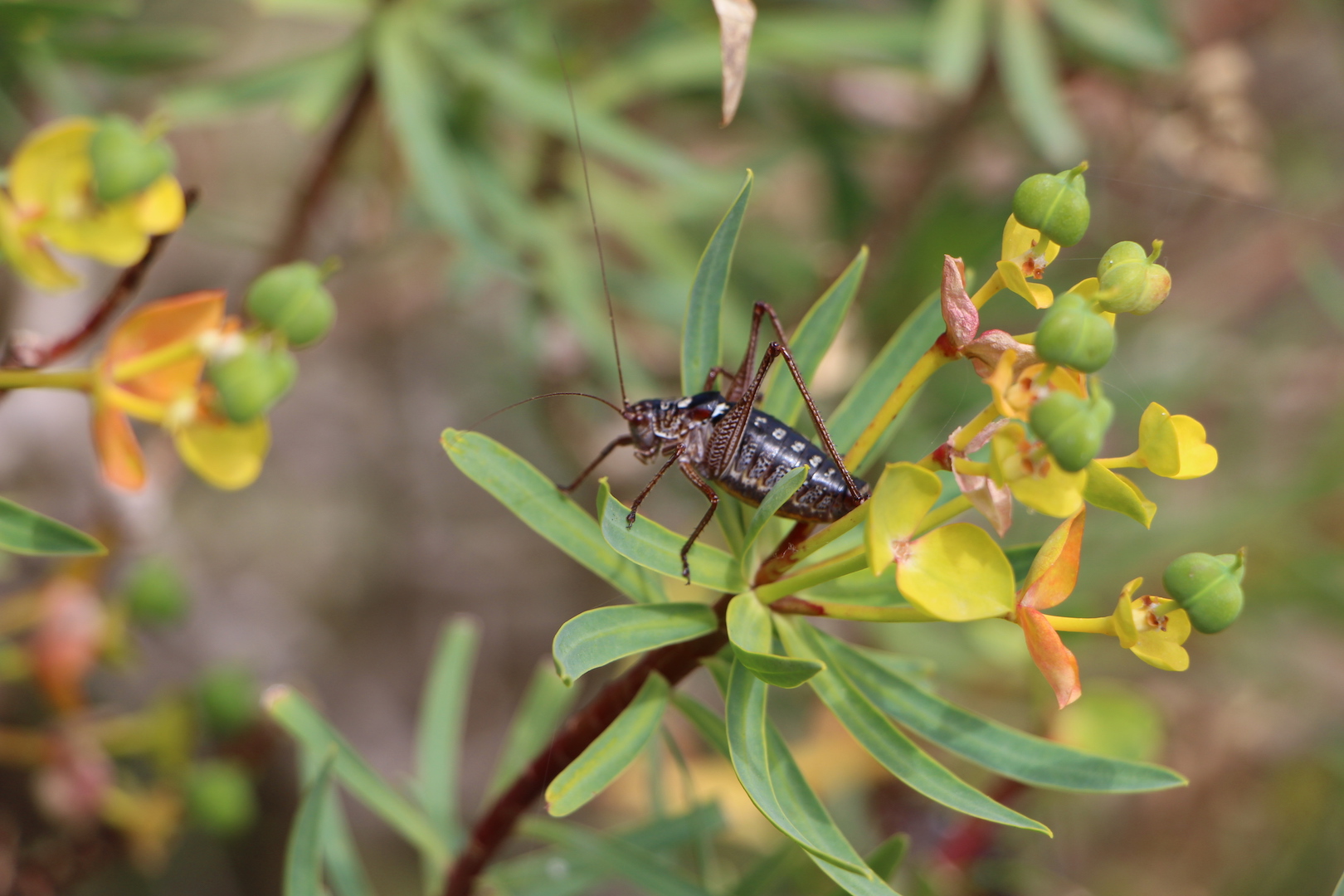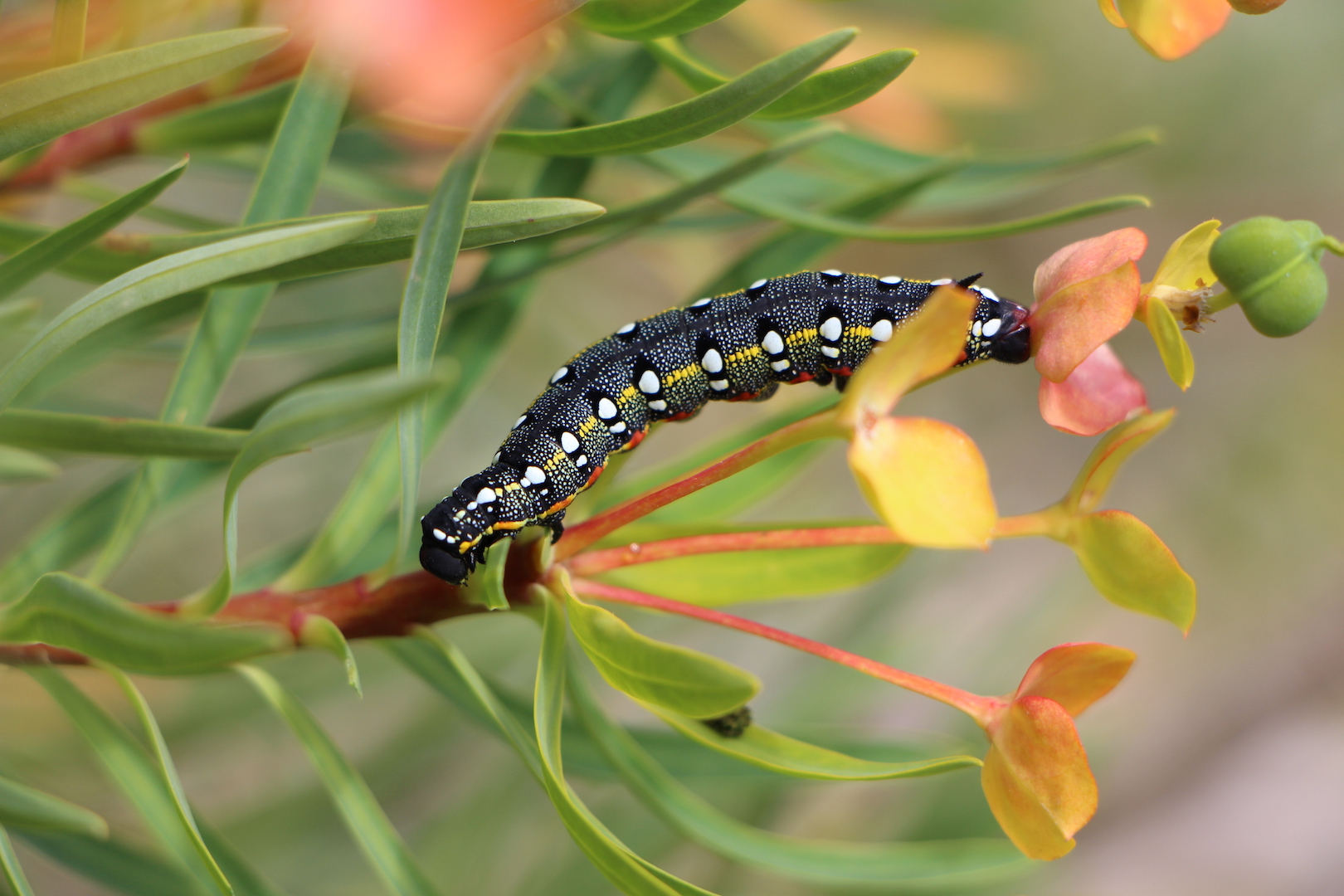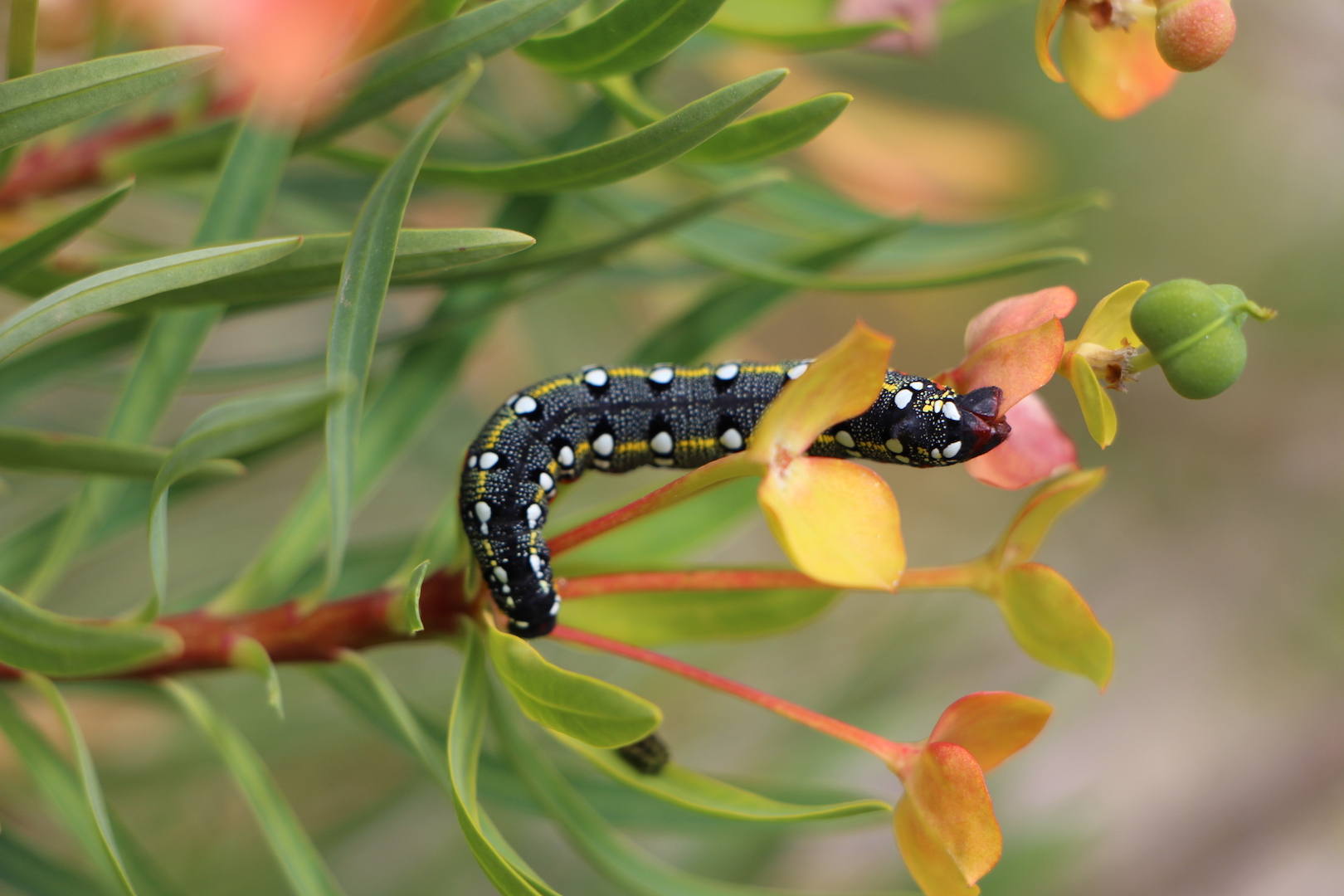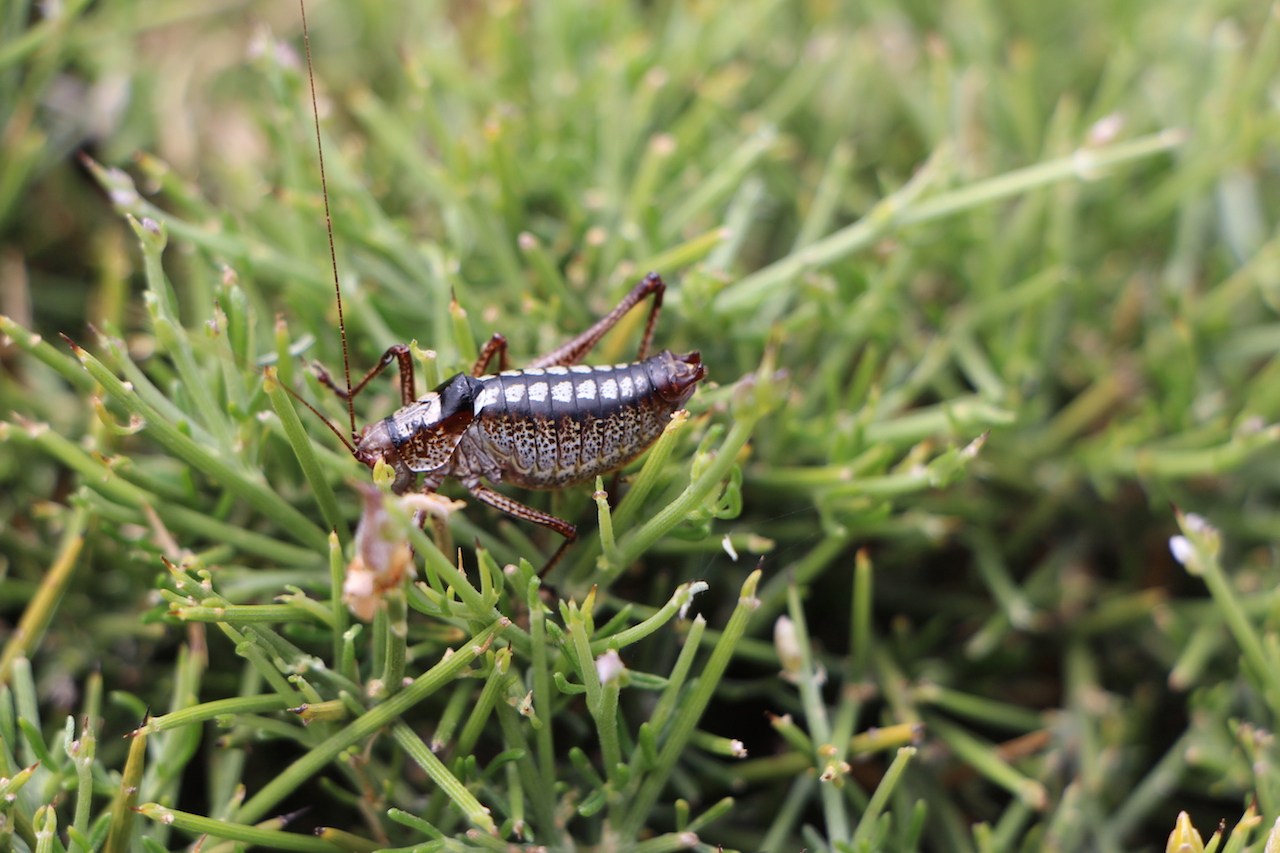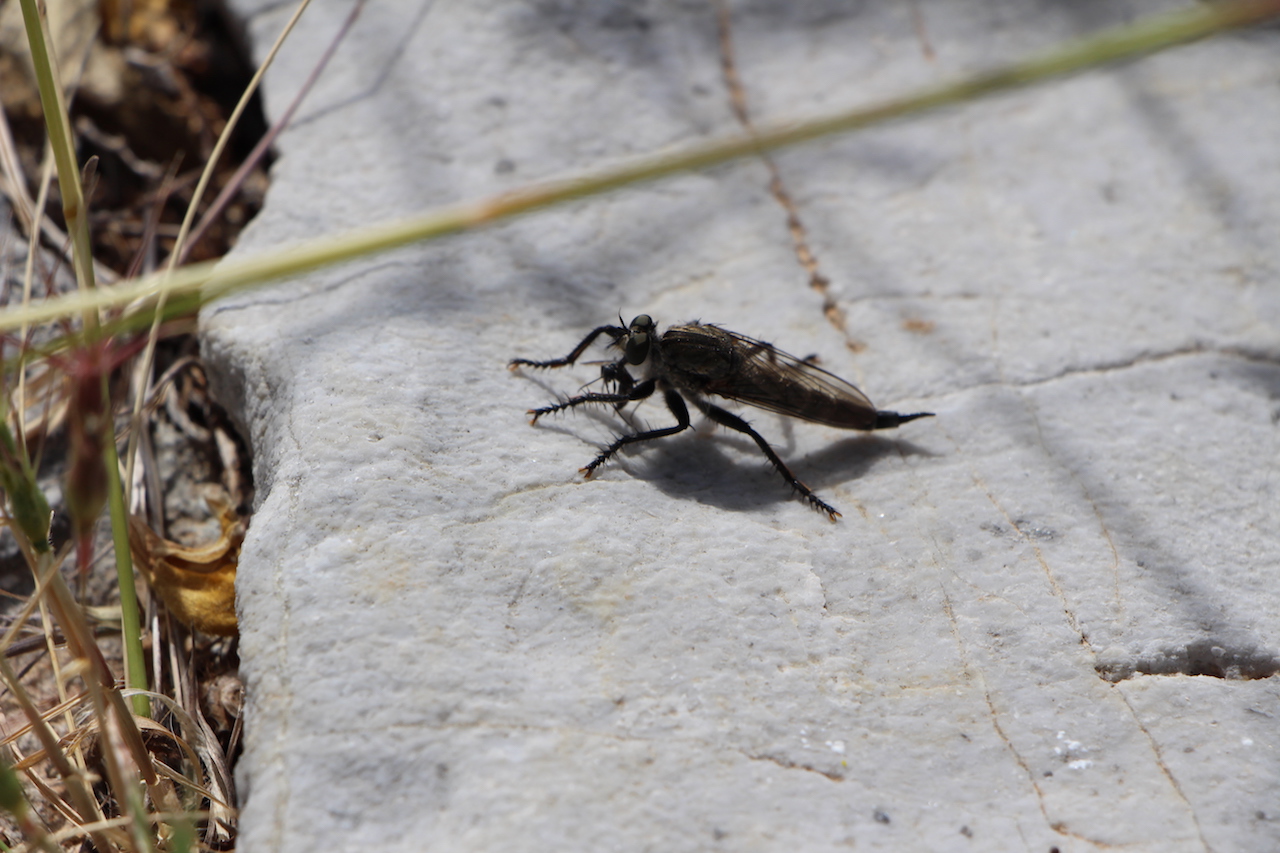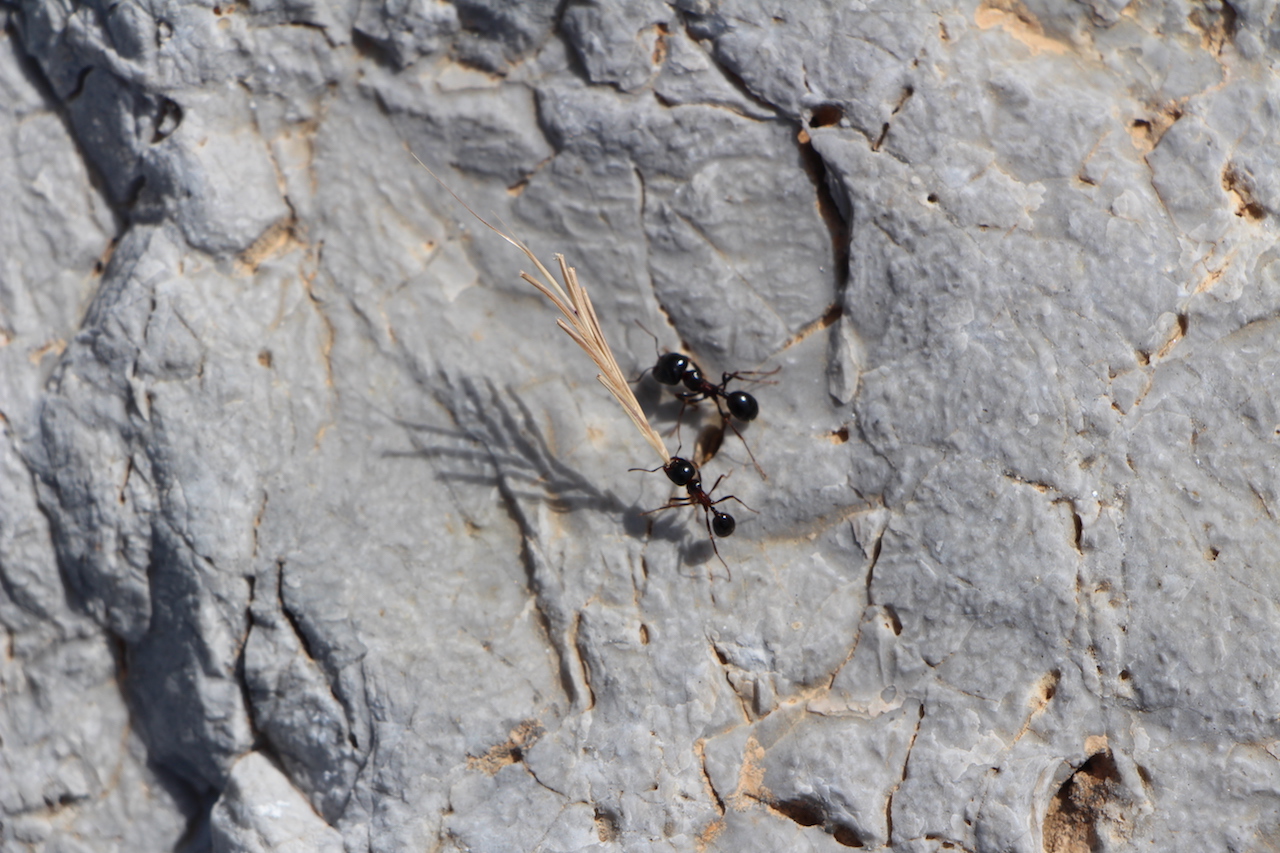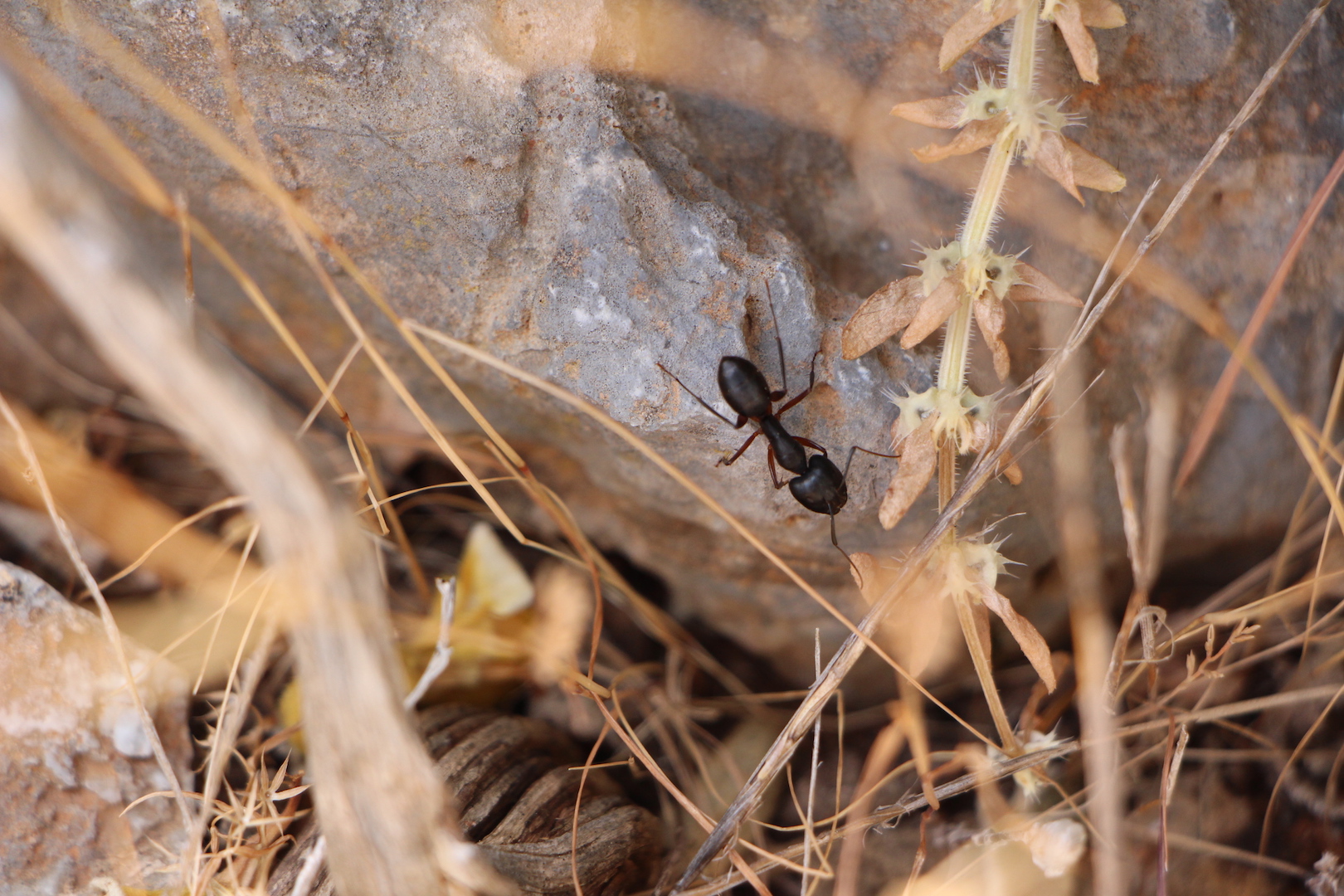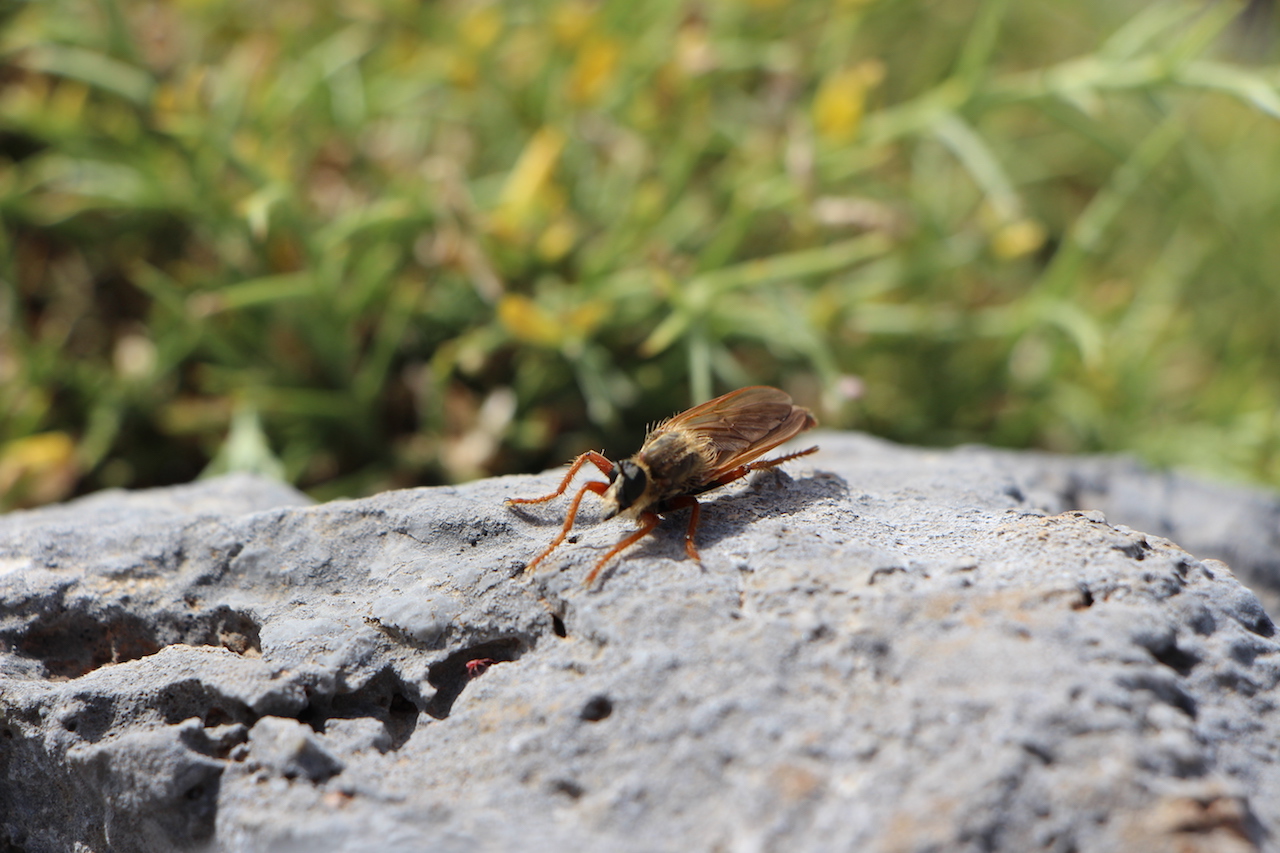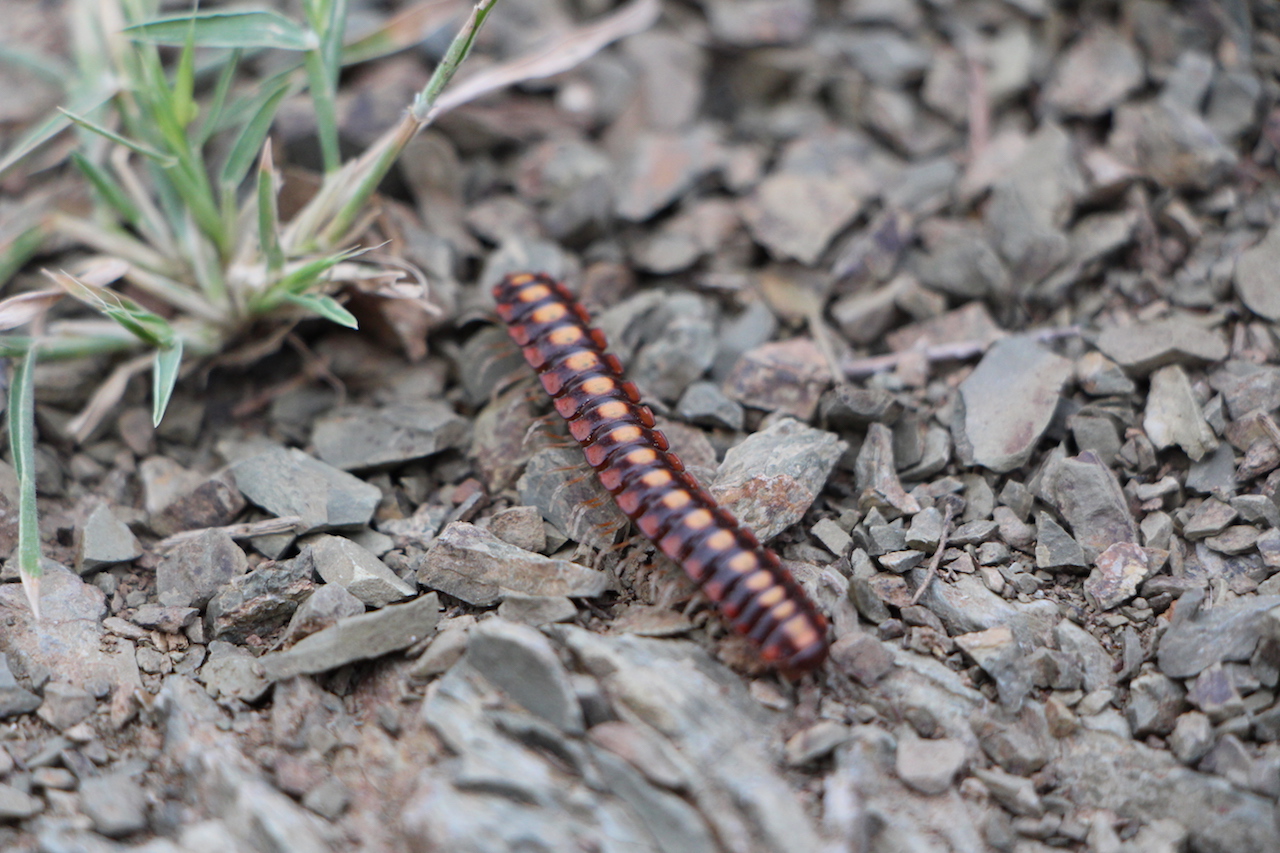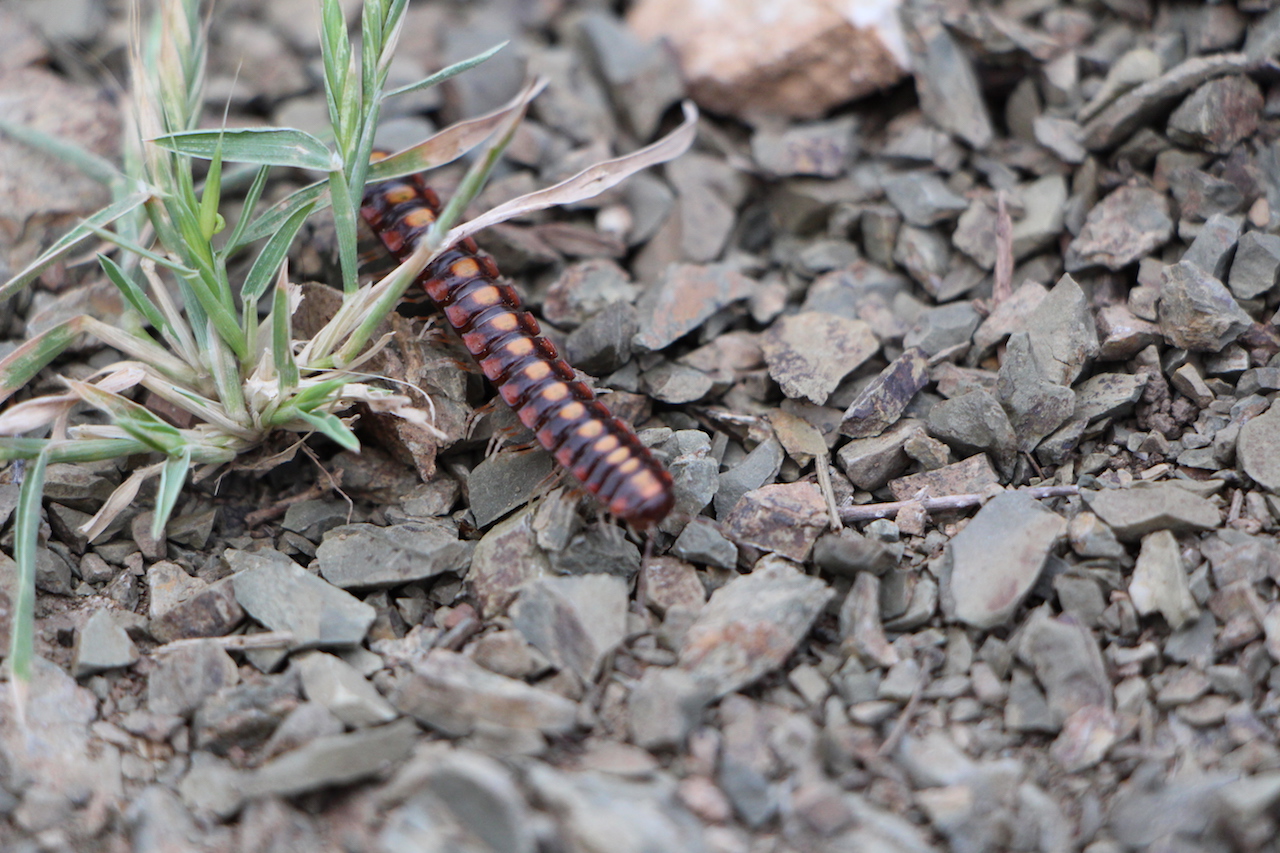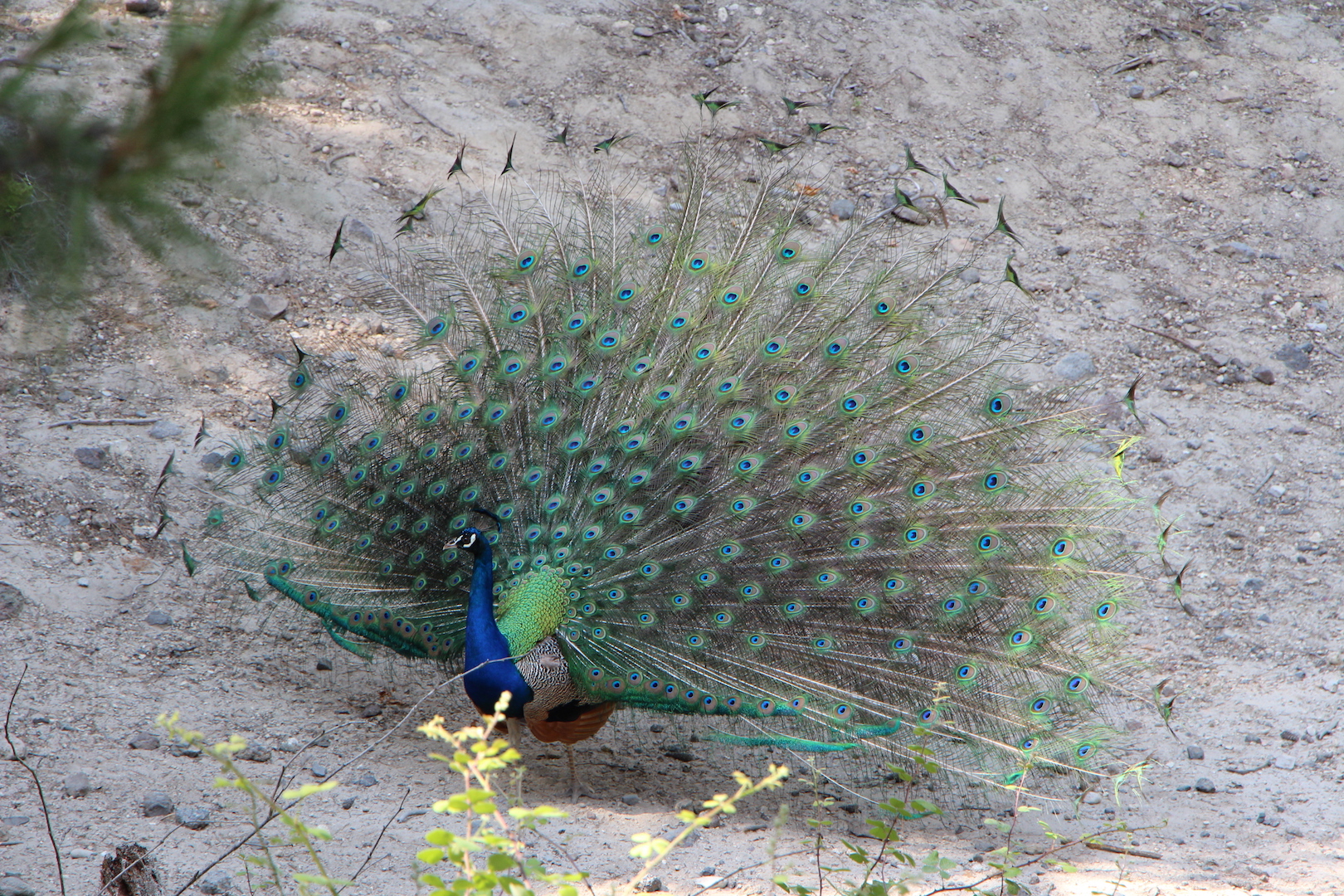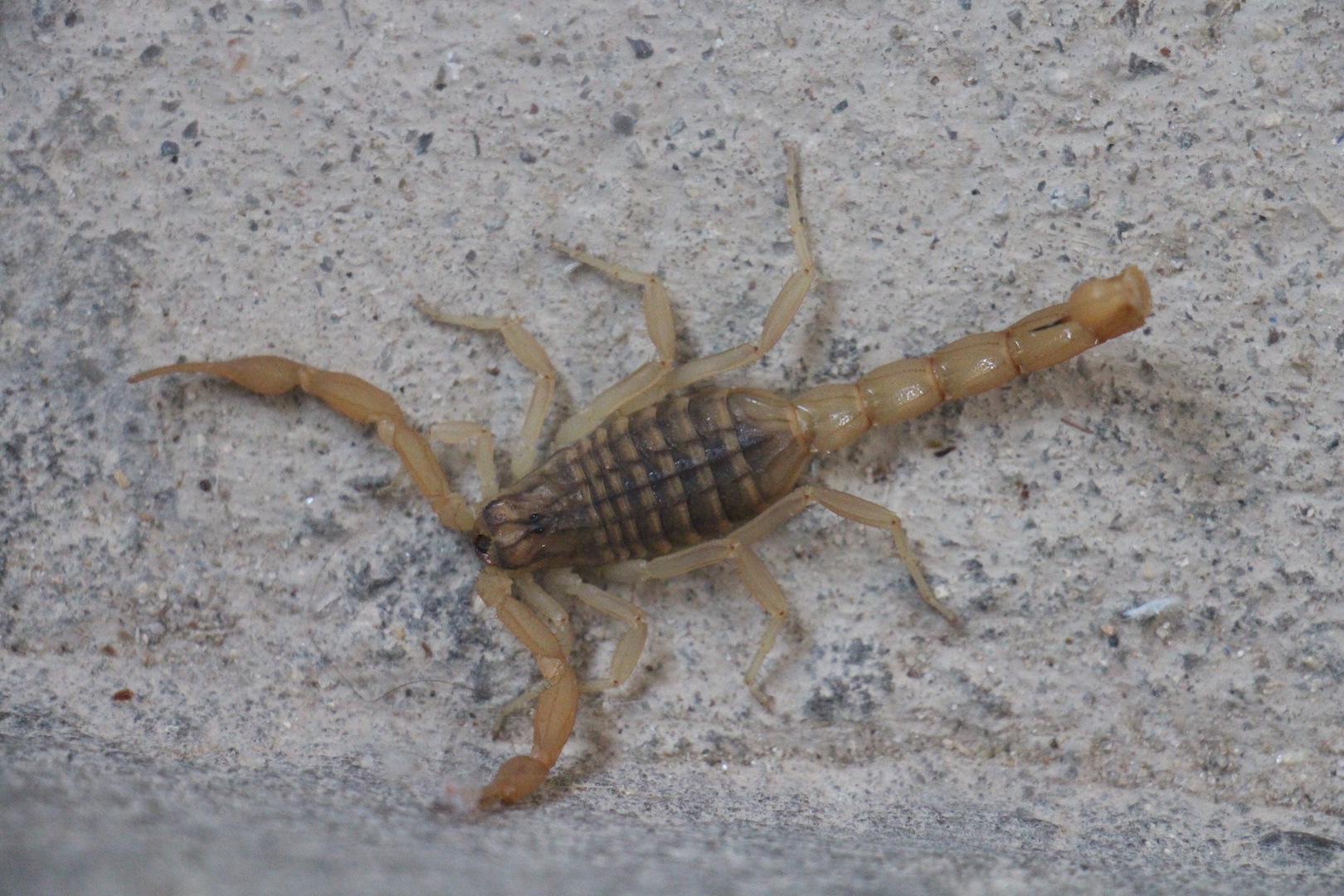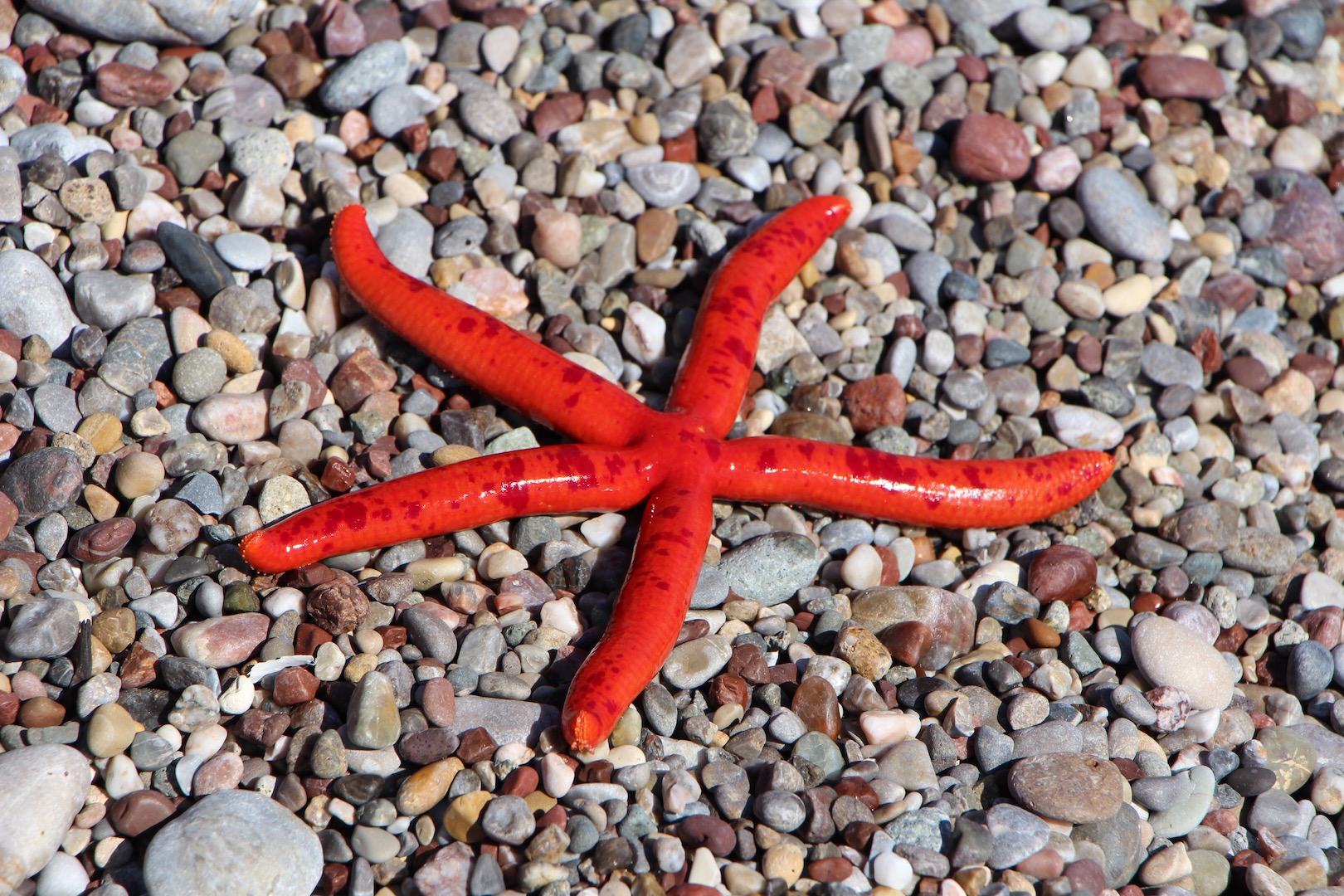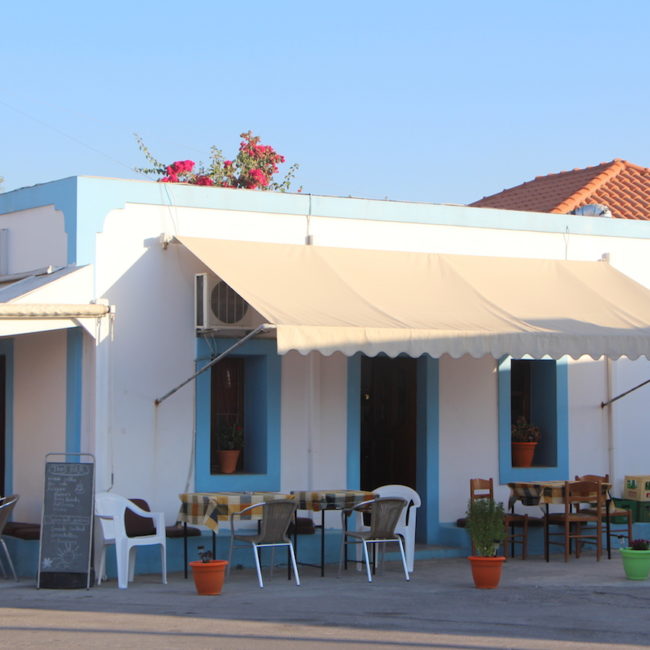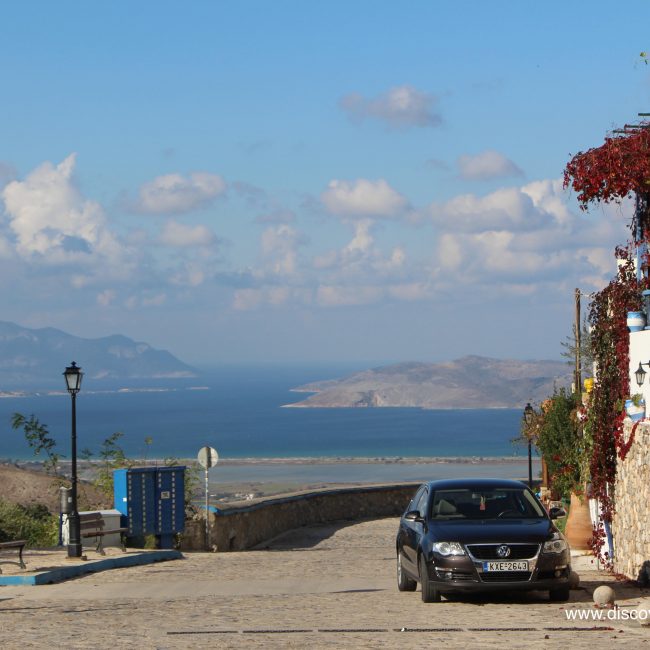Here’s an article on the insects of the island of Kos:
The Insects of Kos: A Closer Look at the Island’s Tiny Inhabitants
Kos, known for its stunning beaches, ancient ruins, and scenic landscapes, is home to a rich variety of wildlife. While most visitors come to the island for its cultural heritage and natural beauty, there’s an often-overlooked aspect of Kos’ biodiversity: its insects. These small creatures play a vital role in maintaining the island’s ecosystems and contribute to the overall health of its environment.
Let’s take a closer look at some of the most interesting and commonly found insects on the island of Kos.
1. Butterflies: Jewels of the Sky
One of the most striking insects on Kos is the butterfly, with several species fluttering around the island during the warmer months. Among the most common species is the Swallowtail Butterfly (Papilio machaon), easily recognizable by its large size and vivid yellow and black markings. Another frequent visitor to the island’s gardens and wildflower meadows is the Painted Lady (Vanessa cardui), known for its distinctive orange and black patterns.
Butterflies are especially noticeable in the lush, green areas of the island, such as the forests around Zia and the wetlands near Tigaki. These delicate insects thrive on Kos due to the abundance of wildflowers, which provide the nectar they need to survive.
2. Bees: Essential Pollinators
Bees are an integral part of the island’s ecosystem, responsible for pollinating many of the plants and flowers that grow in Kos’ Mediterranean climate. The Honeybee (Apis mellifera) is the most common bee species on the island, and local beekeepers produce honey from the nectar collected from wild thyme, oregano, and other herbs that flourish here.
In addition to honeybees, Kos is home to a variety of wild bees, including solitary bees and bumblebees, which are equally important for pollination. Their activity supports the island’s agriculture, especially in the olive groves and vineyards, ensuring healthy crop yields each year.
3. Cicadas: The Sound of Summer
The unmistakable sound of cicadas is a hallmark of summer on Kos. These insects, belonging to the order Hemiptera, are known for their loud, rhythmic songs, which fill the air during the hot months. Cicadas are most often heard, rather than seen, as they spend much of their lives high up in the trees.
The Common Cicada (Cicadidae) is a familiar presence on the island. Male cicadas produce their characteristic sound by vibrating special membranes called tymbals, attracting females and creating the iconic Mediterranean ambiance that visitors to Kos love.
4. Mosquitoes: The Unwelcome Guests
Unfortunately, not all insects are as beloved as butterflies or bees. Mosquitoes (Culicidae) are a common nuisance on Kos, especially during the warmer months. The island’s mild climate and the presence of wetlands and stagnant water create ideal breeding conditions for mosquitoes.
Though their bites are irritating, they are generally not considered dangerous in Kos, as the island is not known for transmitting mosquito-borne diseases like malaria or dengue fever. Nonetheless, it’s always a good idea to pack insect repellent, especially if you plan to explore the island’s coastal wetlands or forests during the evening hours when mosquitoes are most active.
5. Ants: The Industrious Workers
Ants are a familiar sight across Kos, from the coastal areas to the inland forests. Black garden ants (Lasius niger) and red ants (Formica rufa) are among the most common species. These social insects live in colonies and are known for their teamwork and organization.
Ants play an essential role in the island’s environment by aerating the soil and helping decompose organic matter. While they are mostly harmless, they can become a nuisance in gardens or homes when they start searching for food.
6. Praying Mantises: The Stealthy Hunters
Another fascinating insect found on Kos is the Praying Mantis (Mantis religiosa). Known for its distinctive posture, with forearms raised as though in prayer, the praying mantis is a skilled hunter. It preys on other insects, including flies, grasshoppers, and even smaller mantises.
The mantis is an important predator in the island’s ecosystem, helping control the population of other insects. Its camouflaged appearance allows it to blend into the foliage, making it difficult to spot unless you’re actively looking for one.
7. Dragonflies: Masters of Flight
Kos is also home to a variety of dragonflies and damselflies, particularly around the island’s wetlands and freshwater habitats. Dragonflies, like the Southern Hawker (Aeshna cyanea), are known for their agility in flight, as they hunt for smaller insects such as mosquitoes and flies.
These ancient insects, with their delicate wings and iridescent colors, are a joy to watch as they dart over ponds and rivers, adding to the island’s natural beauty.
8. Grasshoppers and Crickets: The Night Singers
Grasshoppers and crickets are common across the island, especially in the summer. Field crickets (Gryllus campestris) are famous for their night-time chirping, while grasshoppers can often be found in open fields and meadows.
These insects, although small, are an important part of the food chain, providing sustenance for birds, reptiles, and other predators on the island.
Conclusion
The insect life of Kos is diverse and essential to the island’s overall biodiversity. From the pollinating bees and colorful butterflies to the cicadas’ songs and the stealthy mantises, these tiny creatures play a big role in maintaining the ecological balance of the island. While some, like mosquitoes, may be less welcome, they are all part of the intricate web of life that makes Kos such a unique and vibrant environment.
So next time you visit Kos, take a moment to appreciate the island’s smaller inhabitants – they are just as fascinating as its beaches and ruins!





